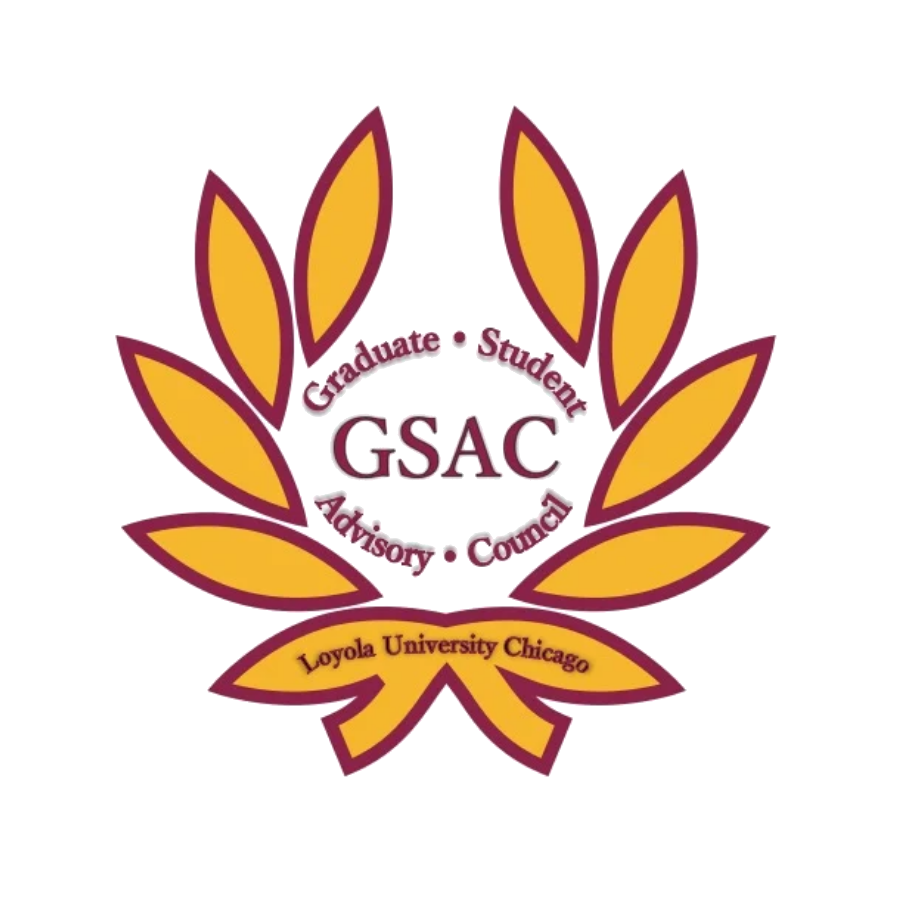Submission Type
Oral/Paper Presentation
Degree Type
PhD
Discipline
Social Sciences
Department
Psychology
Access Type
Open Access
Abstract or Description
Both hostile sexism and benevolent sexism negatively impact women’s relationships (Hammond & Overall, 2017). Confronting helps reduce the negative effects of prejudice (Czopp et al., 2006). However, individuals must attribute prejudice to confront (Ashburn-Nardo et al., 2008). Women are generally less likely to attribute benevolent sexism (Oswald et al., 2019). Previous research suggests that differences in attributing hostile and benevolent sexism may be explained by differences in perceived harm and perceived intent (Riemer et al., 2014). However, existing work has yet to examine whether women attribute hostile and benevolent sexism differently when coming from their current romantic relationship partner. Women who were currently in a heterosexual romantic relationship (N = 128) completed an online survey about their romantic relationship. Participants read hostile and benevolent partner sexism descriptions (counterbalanced). For each description, participants reported how frequently their partner behaved that way and completed measures of perceived harm, perceived intent, and perceived sexism (i.e., partner sexism attribution). Results indicate that women experience partner benevolent sexism more frequently than partner hostile sexism, but perceive partner hostile sexism as more harmful, intentional, and sexist. In addition, perceived harm and intent positively related to attributions for both hostile and benevolent sexism. However, frequency of benevolent sexism was negatively related to attributing benevolent sexism and frequency of hostile sexism was unrelated to attributing hostile sexism. Therefore, perceived harm and intent may explain differences in attributing partner hostile and benevolent sexism as well. Future studies will examine perceived harm and intent as potential mediators of partner sexism attributions.
Creative Commons License

This work is licensed under a Creative Commons Attribution-Noncommercial-No Derivative Works 3.0 License.
Why Did You Do That?: Judgments of Perceived Harm and Intent Influence Partner Sexism Attributions
Both hostile sexism and benevolent sexism negatively impact women’s relationships (Hammond & Overall, 2017). Confronting helps reduce the negative effects of prejudice (Czopp et al., 2006). However, individuals must attribute prejudice to confront (Ashburn-Nardo et al., 2008). Women are generally less likely to attribute benevolent sexism (Oswald et al., 2019). Previous research suggests that differences in attributing hostile and benevolent sexism may be explained by differences in perceived harm and perceived intent (Riemer et al., 2014). However, existing work has yet to examine whether women attribute hostile and benevolent sexism differently when coming from their current romantic relationship partner. Women who were currently in a heterosexual romantic relationship (N = 128) completed an online survey about their romantic relationship. Participants read hostile and benevolent partner sexism descriptions (counterbalanced). For each description, participants reported how frequently their partner behaved that way and completed measures of perceived harm, perceived intent, and perceived sexism (i.e., partner sexism attribution). Results indicate that women experience partner benevolent sexism more frequently than partner hostile sexism, but perceive partner hostile sexism as more harmful, intentional, and sexist. In addition, perceived harm and intent positively related to attributions for both hostile and benevolent sexism. However, frequency of benevolent sexism was negatively related to attributing benevolent sexism and frequency of hostile sexism was unrelated to attributing hostile sexism. Therefore, perceived harm and intent may explain differences in attributing partner hostile and benevolent sexism as well. Future studies will examine perceived harm and intent as potential mediators of partner sexism attributions.



